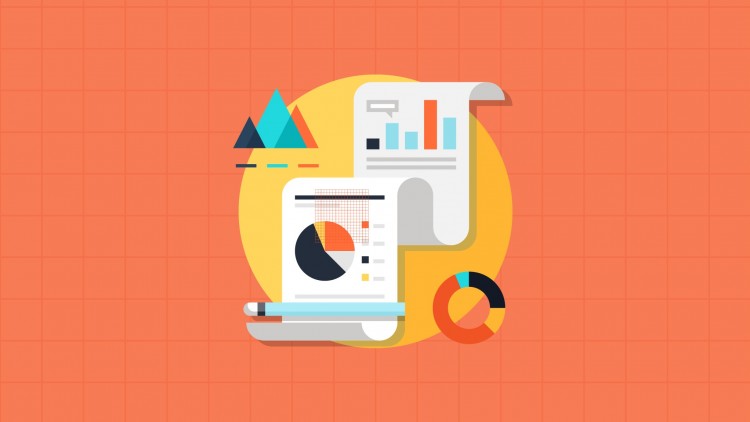Introduction to Statistics

Why take this course?
📚 Course Title: Introduction to Statistics as Covered in the Social, Behavioral, and Natural Sciences 🚀
Headline: Master the Basics of Statistical Analysis with Our Comprehensive Introductory Stats Course! 📊
Your Journey into the World of Statistics Begins Here!
When: November, 2019
Why: To grasp the fundamental concepts of introductory statistics and apply them across various fields including Social Sciences, Behavioral Sciences, and Natural Sciences.
Course Overview:
In this course, you will embark on a statistical adventure where you'll learn to analyze and interpret data with confidence and precision. We'll cover the key topics that form the bedrock of introductory statistics, all explained in simple, jargon-free language. 🗝️
Key Topics Covered:
Scales of Measurement 📈
- Learning Objective: Gain a clear understanding of the four scales of measurement: nominal, ordinal, interval, and ratio. These concepts are often confusing in statistics texts, but by the end of this module, you'll grasp them effortlessly!
Central Tendency 🎯
- Learning Objectives: Master the concepts of mean, median, and mode, and learn how to apply these measures even when dealing with skewed distributions. Additionally, we'll explore how to calculate a weighted mean, ensuring you can handle complex data sets.
Variability 🌟
- Learning Objectives: Understand the significance of variability in data sets. You'll learn how to calculate standard deviation and variance, and interpret percentiles with confidence, including understanding scores on standardized tests.
Charts and Graphs 📋
- Learning Objectives: Organize and summarize data effectively using cumulative frequency distribution tables and stem and leaf plots. These tools are invaluable for explaining a set of numbers clearly and concisely.
Probability, the Normal Curve, and z-Scores 🎲
- Learning Objectives: Get introduced to basic probability concepts. You'll understand the properties of the normal distribution and learn how to calculate and interpret z-scores, which are crucial for many statistical analyses.
Bonus Features:
To help you solidify your understanding and apply what you've learned, this course includes:
- Practice Quizzes: Test your knowledge with quizzes designed to reinforce key concepts.
- Video Coverage of Solutions: For each quiz, you can access complete video solutions to guide your learning journey.
Exciting Updates!
New Videos Added: We've enriched the course with new content on:
- Section 6: Hypothesis Testing - Learn the principles and procedures of hypothesis testing to make informed decisions based on data.
- Section 7: Correlation - Explore how variables relate to each other and understand the significance of correlation coefficients in research.
Embark on your statistical learning with our engaging and comprehensive course that will set you up for success in understanding and applying introductory statistics across a multitude of disciplines. 🎓
Enroll now and transform your approach to data analysis and interpretation!
Loading charts...
Comidoc Review
Our Verdict
Introduction to Statistics does a solid job of presenting essential principles while maintaining accessibility. The course's primary strength lies in the clear, comprehensive explanations provided by the instructor. Though it is currently missing some real-world examples and glosses over certain specific terms, overall, this course effectively serves as an engaging introduction for those looking to expand their understanding of various statistical methods.
What We Liked
- Excellent for both beginners and those looking for a refresher in statistics concepts
- Instructor's delivery and explanations are commended for their clarity and ease of understanding
- The course covers a wide range of descriptive statistics, enhancing quantitative and numerical reasoning skills
- A variety of examples and walkthroughs help reinforce the concepts taught
Potential Drawbacks
- Lack of concise slides may lead to unnecessary repetition and take up more time
- Some sections could be made more approachable for beginners, specifically hypothesis testing and correlation coefficients
- A stronger focus on real-world examples would better illustrate the value and applications of various concepts
- Insufficient explanation regarding specific terms such as p-value and variance equations